Acne-Like Bumps On Legs: 5 Causes And 7 Simple Treatments
Say goodbye to leg acne and hello to smooth legs, clear skin, and a confident you!

Image: Shutterstock
Have you recently noticed acne-like bumps on your legs? Did you try all possible treatments for acne on the legs and not get any results? Well, those bumps may not be acne. They can be caused by keratosis pilaris (chicken skin) or folliculitis. These conditions may cause inflammation and cause pus-filled bumps on the legs, which may itch or burn. Don’t worry. They are easy to treat unless some other underlying condition causes them. Read on to know the reason behind acne-like bumps on your legs and ways to treat them.

In This Article
Causes Of Pimple-Like Bumps On The Legs
The red bumps on the legs are caused by several underlying factors and may differ as per a person’s age and existing health condition. The most common causes include:
1. Keratosis Pilaris
Keratosis pilaris
or chicken skin is a condition that causes acne-like bumps on the skin. It is caused by excess keratin production in the hair follicles, which plugs the follicles, causing inflammation (1). However, one study published in the International Journal of Trichology concluded that a defect in the hair shaft causes it.
2. Folliculitis
Folliculitis is an infection of the hair follicles and is commonly caused by the bacteria Staphylococcus aureus. However, some other forms of folliculitis are triggered by fungal (Malassezia furfur) and viral (Molluscum contagiosum) infections. Even Demodex folliculorum mites can also cause folliculitis. It appears like red bumps or pus-filled pimples around the follicles (2).
3. Eczema
Eczema
often causes red pimply and itchy rashes on the legs. It may make the skin dry and scaly and cause fluid-filled blisters. The most common triggers of eczema include:
- Cleaning products
- Cosmetics, including skin care and makeup
- Certain fabrics, such as wool or animal fur
- Excessively hot or cold conditions
- Stress
- Soaps and detergents
This is an auto-immune condition and does not have any cure. However, you can manage the flare-ups with regular treatment.
4. Psoriasis
Psoriasis
is a chronic condition and can often appear like red, scaly patches and may also cause pimple-like rashes on the legs (3). Certain factors can trigger psoriasis, including:
- Upper respiratory tract infection
- Skin injury
- Certain medications such as beta-blockers or anti-malaria drugs
- Increased stress levels
often appears like pus-filled bumpy rashes on the skin.
While you cannot treat eczema and psoriasis, you can manage the flare-ups with proper treatment and doctor-prescribed medications. If you have eczema or psoriasis, it is best to consult with a dermatologist for diagnosis and treatment.
5. Systemic Lupus Erythematosus
Systemic lupus erythematosus (SLE) is a complex autoimmune disease that can cause various skin issues, including bumps on the legs that look like pimples or acne. These bumps happen because SLE makes the immune system attack the body’s own tissues, leading to inflammation and rashes (4). The exact cause of SLE is not fully understood, but it is thought to be a mix of genetic factors and certain environmental triggers. Although there is no cure for lupus, you can manage the symptoms and keep the disease under control with treatments and lifestyle changes. Sun protection and skin care are also crucial since sunlight can worsen skin symptoms and trigger flare-ups.
Additionally, understanding and recognizing early signs of skin changes can allow for prompt treatment, helping to minimize discomfort and potential scarring.
 Quick Tip
Quick TipHowever, if the red bumps on your legs are formed due to keratosis pilaris or folliculitis, or accumulation of dead skin cells, you can follow the tips to manage them.
Key Takeaways
- Excess keratin production, infection of the hair follicles, eczema, and psoriasis can cause acne-like bumps on your legs.
- Your doctor may prescribe antibiotics to treat this issue.
- You can also use OTC creams and topical retinol products to get rid of these bumps.
- Applying sunscreen, moisturizing the skin regularly, exfoliating the skin, and wearing breathable clothes can help you prevent this skin issue.
Pimple On The Legs: Treatment
1. To manage folliculitis, use topical antibiotics like clindamycin and mupirocin. But always consult a dermatologist before applying these medicated creams. The doctor may also prescribe other antibiotics like (5):
- Cephalexin
- Dicloxacillin
- Ampicillin
- Ciprofloxacin
- Itraconazole and fluconazole (for fungal folliculitis)
- Cantharidin (topical cream for viral folliculitis)
2. Exfoliate your legs regularly. This may help with bumps caused by keratosis pilaris or clogged skin pores. Use salicylic acid or glycolic acid-based cleansers and chemical exfoliators (AHA-based) to clear away the dirt and dead skin, blocking the pores. Exfoliation can help improve the appearance of strawberry legs as well.
3. Use OTC creams containing benzoyl peroxide as a spot treatment. It exfoliates the skin and reduces inflammation and swelling.
4. Always moisturize the legs with oil-free and non-comedogenic products to prevent clogged pores.
5. You may apply topical retinol products to reduce swelling and inflammation.
6. Always apply sunscreen on the legs if you are going out and the legs are exposed. UV exposure can worsen the bumps of the legs.
7. Use a warm compress on the bumps to loosen the dirt and sebum. You can take a warm shower and then exfoliate the area. This can soften the bumps and reduce inflammation.
 Quick Tip
Quick TipPimple-like inflammation on the legs is not uncommon and is manageable. However, you should be sure which condition is causing the breakouts before using any of these treatments. You can also follow these tips to prevent their occurrence.
Prevention Tips For Acne On Legs
- Consume a healthy diet to nourish your skin from within and keep it healthy.
- Maintain optimum hygiene. Exfoliate the legs regularly and follow up with a non-comedogenic moisturizer. Avoid applying chemical-laden products like fake tanners and similar products, as they can irritate the skin.
In a survey involving 4,341 adults in Great Britain, it was revealed that 85% of people washed their legs while showering, 11% did not, and 4% had neutral responses. This hints at the need for better hygienic practices to keep skin problems such as leg acne at bay.
- Always apply sunscreen to prevent UV damage and inflammation.
- Do not try to squeeze any zit on your legs, as it can contribute to further inflammation.
- Avoid wearing tight, skin-hugging clothes as they cause friction and may irritate the skin and intensify the bumps.
- Wear breathable fabric and comfortable clothing to prevent sweat and sebum accumulation on your legs.
- Certain detergents can also irritate the skin and cause pimple-like bumps. Use mild detergents to wash your clothes.
- If you shave your legs, use a sharp razor and always moisturize the skin before shaving. Often, improper shaving techniques can cause bumps on the legs. It is advised to always shave in the direction of hair growth.
Acne-like bumps on the legs are a common sight. Most of us confuse those bumps with acne and follow standard treatment procedures for acne on the legs only to realize that nothing is working on them. They are caused by multiple factors and may also indicate underlying skin conditions like folliculitis, keratosis pilaris, and eczema. Therefore, it is best to consult a dermatologist for proper diagnosis and treatment. However, if the bumps are nothing serious, you may follow the tips discussed in the article to minimize them.
Frequently Asked Questions
How do acne and keratosis pilaris differ?
Acne involves inflamed, often painful pimples, that may even contain pus, caused by clogged pores, while keratosis pilaris features rough, painless bumps from excess keratin blocking hair follicles, commonly on arms or thighs.
Are sunspots the same as acne on the legs?
No. Sunspots are flat brown spots caused by excess melanin production. They do not have a bumpy appearance like acne.
Is it a good idea to pop any acne-like bumps on the legs?
No. Popping and squeezing the zits may cause pain and inflammation. They may also cause spots and scars.
How long does it take for leg acne to heal on its own?
They may not heal on their own as the bumps on the legs are caused by clogged pores, ingrown hair, or follicle infection. You have to use OTC products and exfoliate the skin regularly to get rid of them.
Watch the following video and discover easy, at-home methods to manage keratosis pilaris. Don’t miss out on expert advice and learn practical steps and remedies to alleviate the condition’s symptoms effectively.
References:
Articles on StyleCraze are backed by verified information from peer-reviewed and academic research papers, reputed organizations, research institutions, and medical associations to ensure accuracy and relevance. Check out our editorial policy for further details.
- Keratosis Pilaris Revisited: Is It More Than Just A Follicular Keratosis?
https://www.ncbi.nlm.nih.gov/pmc/articles/PMC3681106/ - Folliculitis
https://link.springer.com/article/10.2165/00128071-200405050-00003 - Psoriasis Pathogenesis And Treatment
https://www.ncbi.nlm.nih.gov/pmc/articles/PMC6471628/ - Cutaneous Manifestations Of Systemic Lupus Erythematosus In A Tertiary Referral Center
https://www.ncbi.nlm.nih.gov/pmc/articles/PMC2807152/ - Folliculitis
https://www.ncbi.nlm.nih.gov/books/NBK547754/
Read full bio of Dr. Seepika Jaiswal
Read full bio of Ramona Sinha
Read full bio of Anjali Sayee
Read full bio of Monomita Chakraborty






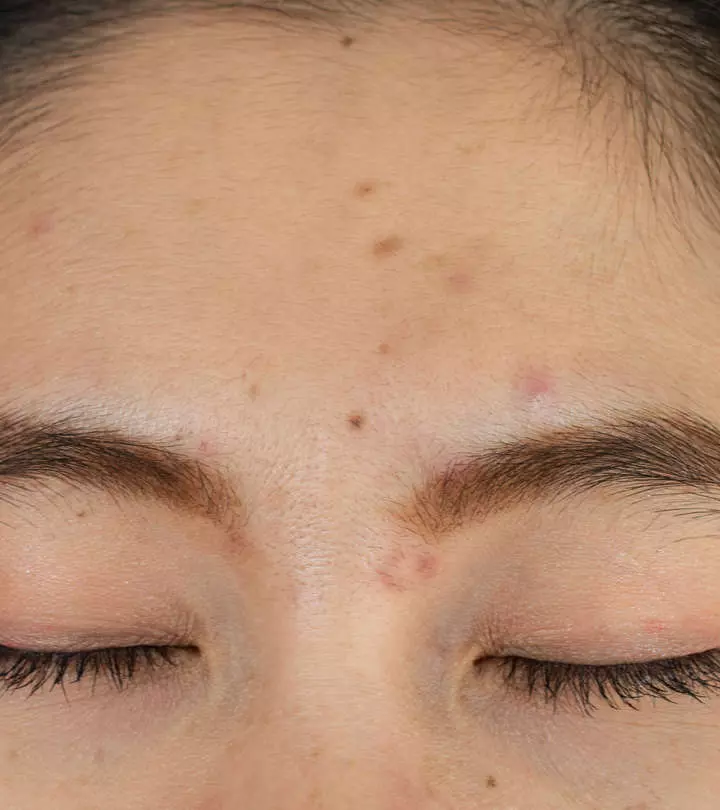


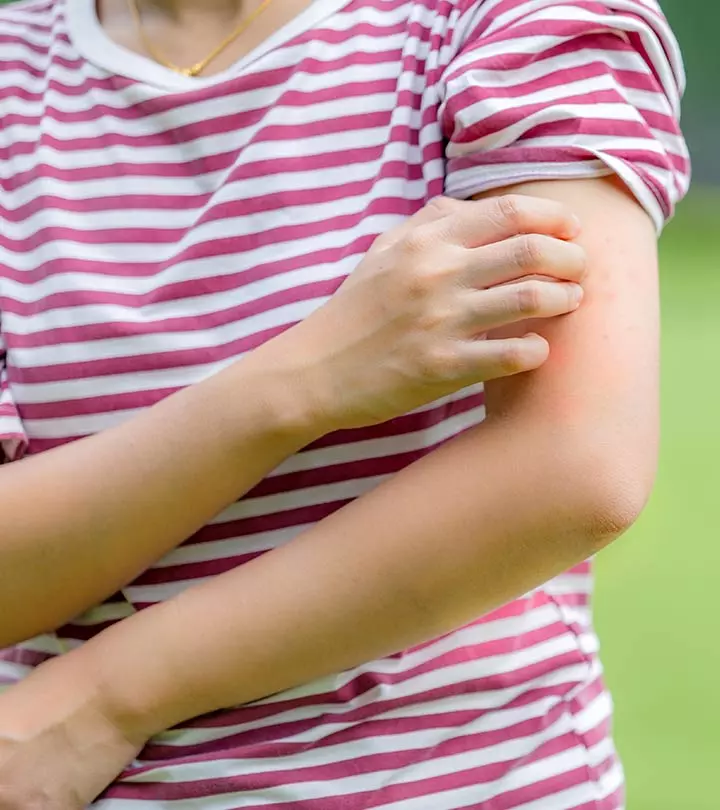


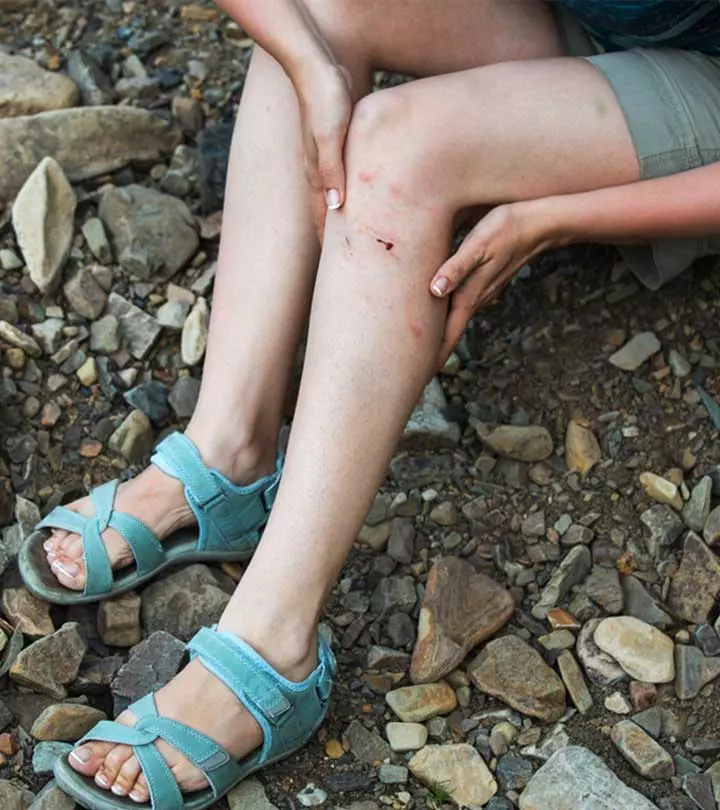


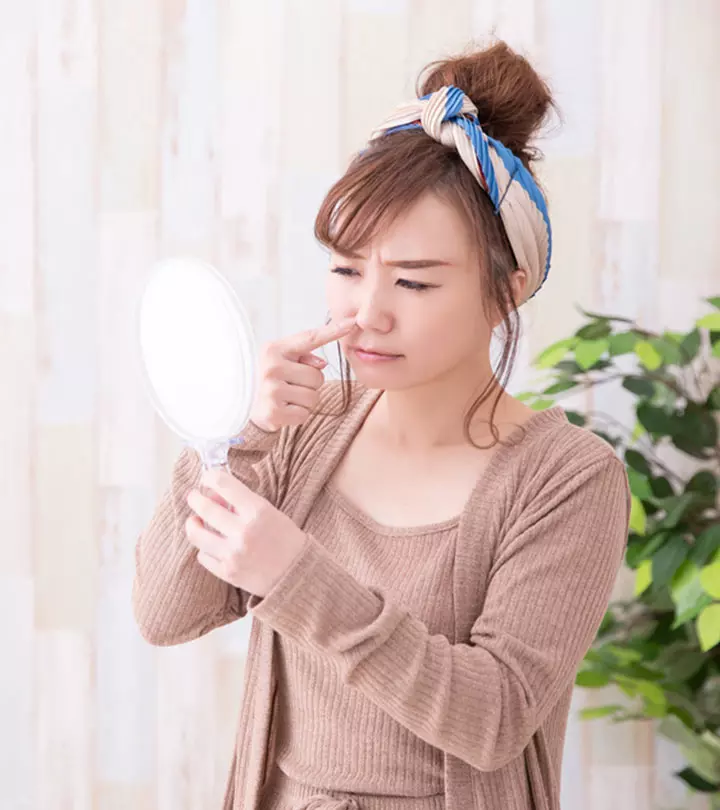

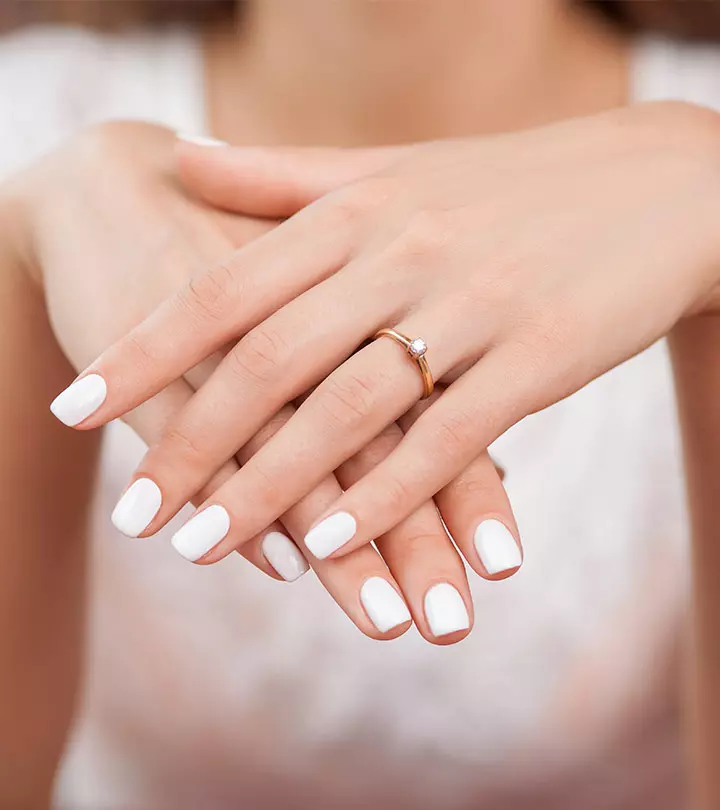


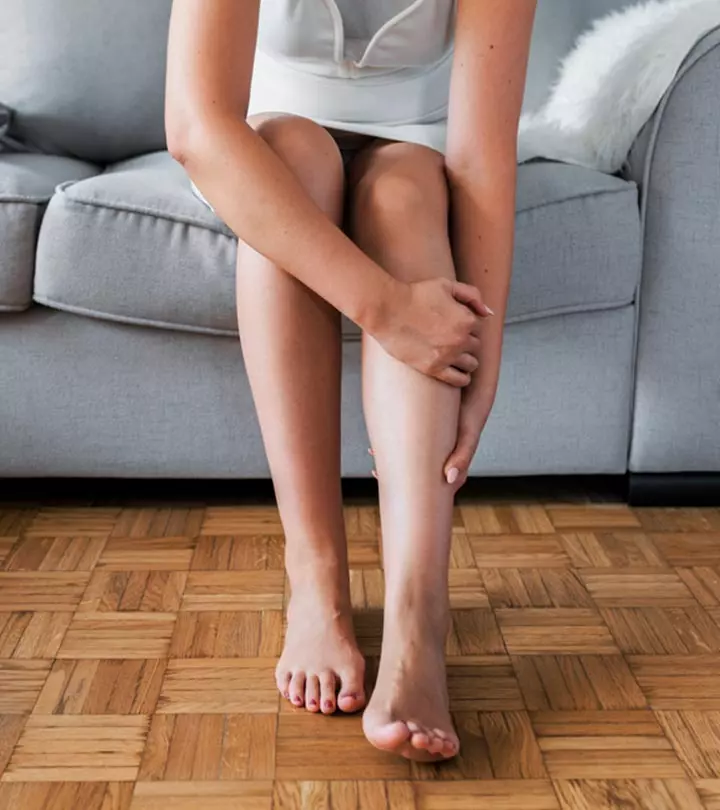

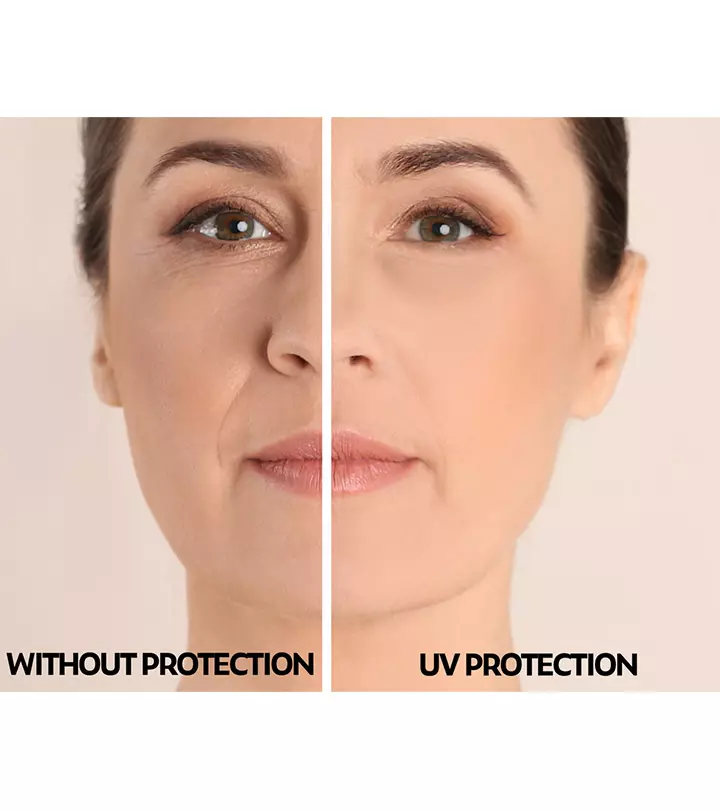


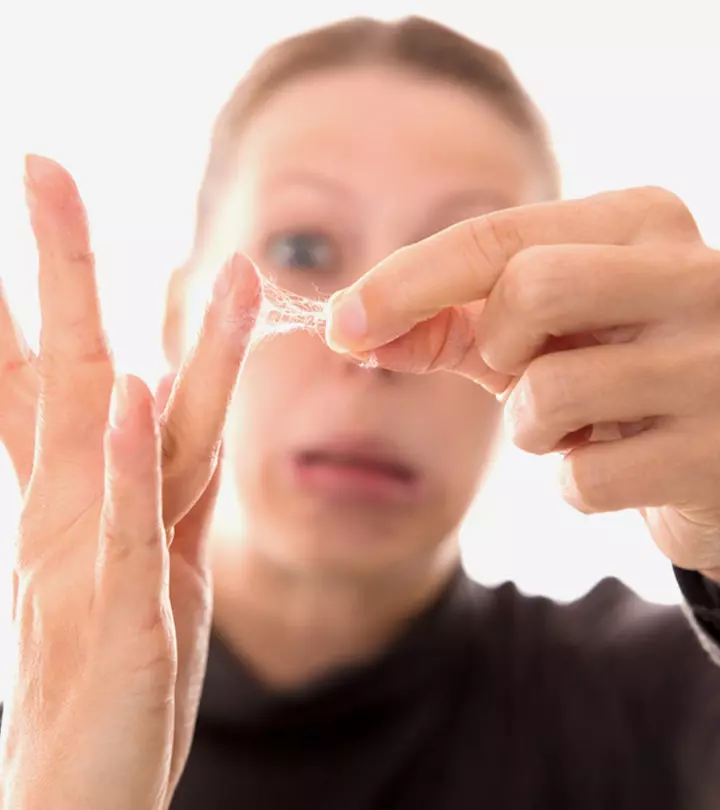

Community Experiences
Join the conversation and become a part of our empowering community! Share your stories, experiences, and insights to connect with other beauty, lifestyle, and health enthusiasts.